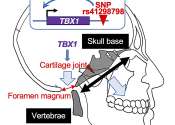Machine learning method improves cell identity understanding
When genes are activated and expressed, they show patterns in cells that are similar in type and function across tissues and organs. Discovering these patterns improves our understanding of cells—which has implications ...








